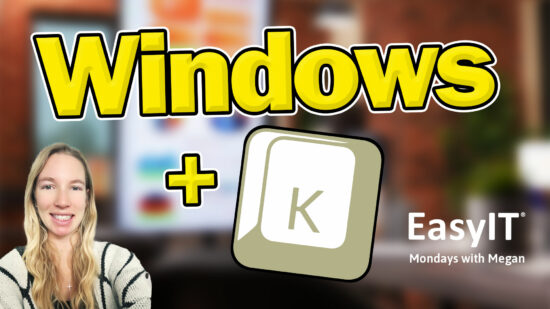By now, you’re probably sick and tired of reading about Microsoft’s end of support (EOS) deadlines on this blog, but we aren’t finished educating you just yet.
While we’ve published a range of blog posts on the topic over the past year, there are a few key takeaways from our content you should consider as we move into the new year.
Why you must take EOS seriously
Each one of Microsoft’s products goes through a lifecycle.
After its lifecycle ends, the product will still function, but Microsoft will no longer provide any support benefits, such as software updates, security packs, and critical updates and patches.
If you continue using products beyond their EOS dates, which you can, you run the risk of increasing the likelihood of hackers infiltrating your networks and deploying viruses and malware.
Now, numerous lifecycles are ending in the new year, some as early as January. For example, Microsoft, after January 14, 2020, is ending support for the following: Windows Server 2008, Windows Small Business Server 2011, SQL Server 2008, Exchange 2010 and Windows 7.
Many other Microsoft software products will reach their EOS deadline throughout 2020, including Office 2010, which will reach EOS on October 13, 2020.
Upgrading for Microsoft’s EOS? Here’s what the tax code’s Section 179 can do for you
What many businesses don’t know is this: There’s a tax deduction that can offset some of their upgrade expenses.
Section 179 allows businesses to write off equipment — including computer equipment and what’s known as “off-the-shelf” computer software — for the current tax year.
While Section 179 isn’t difficult for the average businessperson to understand, you should still review it with a tax professional to determine if your business can benefit from its application.
Why enterprises are migrating to Windows 10
Many enterprises are migrating to Windows 10 for security reasons.
Unlike earlier Operating Systems, Windows 10’s security features include Windows Defender Antivirus and Windows Firewall, but there are other security features tempting enterprises to migrate from Windows 7 to Windows 10, including the improvements to BitLocker, a full volume encryption feature included in all editions of Windows 10 since version 1511.
Other top reasons why enterprises are migrating to Windows 10 include improvements in Windows Defender, Windows Information Protection, Credential Guard, Device Guard, and Windows Hello.
Even though you still have some time to migrate to Windows 10, you should act as soon as possible to avoid security lapses.
Your window of opportunity is closing.
Using Exchange 2010? Read the below
Still, using Microsoft Exchange Server 2010? It’s time to consider your options.
There are a couple of migration options for you to consider before Microsoft ends support for Exchange 2010.
Migrating from Exchange 2010 to Office 365 is the easiest and fastest route for businesses preparing for Exchange 2010’s EOS deadline.
With Office 365, a line of cloud-based subscription services offered by Microsoft, businesses don’t need to worry about updating software products. All Office 365 plans include automatic updates.
But Migrating to Office 365 may not be the right option for your business.
For example, some businesses are legally required to keep email on-premises.
Sound like you? If so, migrating your Exchange 2010 servers to Exchange 2016 on your on-premises server is your best bet.
Haven’t taken the proper steps to upgrade your software yet?
It’s time to stop procrastinating and act today.
You’re running out of time.





